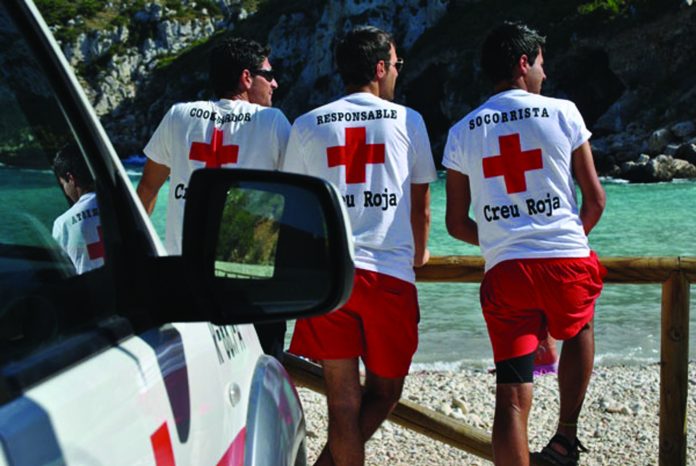It is true that less tourists return home alive than have set off for their holiday in the Canary Islands. This disturbing fact is not one that the tourist industry will thank me for highlighting this week, but it is time that the stark facts are raised once again and that holidaymakers are alerted to the potential risks of a holiday in the Canary Islands, and other popular tourist destinations.
The Canary Islands are a wonderful place for a holiday, but it is best not to return home in a coffin. We have the best climate in the world; each of the seven inhabited islands are unique and offer a range of activities and experiences that will enrich the spirit of even the most hardened and cynical traveller. The problem for tourists is not the islands, but the Atlantic Ocean.
Ours is a cold and cruel sea. It is deceptive in its appeal, but it is no Mediterranean Sea. Many tourists forget this and quickly succumb to the delights of this turbulent water. Its many charms lull the unsuspecting tourist into a false sense of security with its frothy and inviting appeal to swimmers, surf boarders, wind surfers, but those with a true knowledge of the Atlantic Ocean will be only too well aware of its rapidly changing moods and boiling anger that erupts from time to time.
As I write this, statistics from Real Federación Española de Salvamento y Socorrismo are worrying. There have already been 35 drownings in the first half of 2017, which is more than the same period in 2016, which places the Canary Islands at the top of a very disturbing league table, with most of these casualties being tourists. Statistics published in 2015 indicate that one tourist drowns every six days in the Canary Islands, a record that is one of the worst in Spain.
The shock of very cold water, swimming after a heavy meal, after drinking alcohol or taking drugs are some of the reasons for these individual tragedies. Cardiac arrest in the sea is not unusual, since it is the result of the shock of cold water, even in temperatures of around 25 degrees. The water around these islands rarely exceeds 24 degrees, even in the hottest periods of the year; it is not just freezing water that is a danger to swimmers. Despite the temptations to cool off after a day in the sun, swimmers can get into difficulties in as short a time as five minutes.
Many tourists forget that high winds, rough seas and treacherous currents are the main reasons for many drownings that take place each year. A strong undertow and unpredictable rip currents are also a grave danger to swimmers. They are unseen and unpredictable, catch swimmers without warning and carry them a considerable distance out to sea. Rough seas around our beautiful coastline can also be a danger for unsuspecting walkers, which may occur even in what appears to be good and settled weather. It depends what mood the Atlantic is in, and freak waves have sometimes swept walkers out to sea.
Some of these issues were brought home to me last weekend when I visited one of our popular, local beaches. It was a beautiful, yet stormy morning and the red warning flags were flying. Despite this, there were many swimmers in the sea, together with several surfboarders. I spotted two lifeguards urging swimmers to come to the shore for safety, which most obeyed. These swimmers were then directed to a safer part of the beach. However, several swimmers, including the surfboarders, continued to ignore the lifeguards.
It is this attitude of bravado and ignorance that is behind many swimming tragedies, and it is hard to legislate against foolishness. Sadly, it is also these attitudes that place the safety of lifeguards and other members of the emergency services at risk. Despite the best efforts of the islands’ government, the municipalities and the emergency services, swimming tragedies continue to occur far too frequently.
If you enjoyed this article, take a look at Barrie’s websites: http://barriemahoney.com and http://thecanaryislander.com or read his latest book, ‘Footprints in the Sand’ (ISBN: 9780995602717). Available in paperback, as well as Kindle editions.
© Barrie Mahoney





